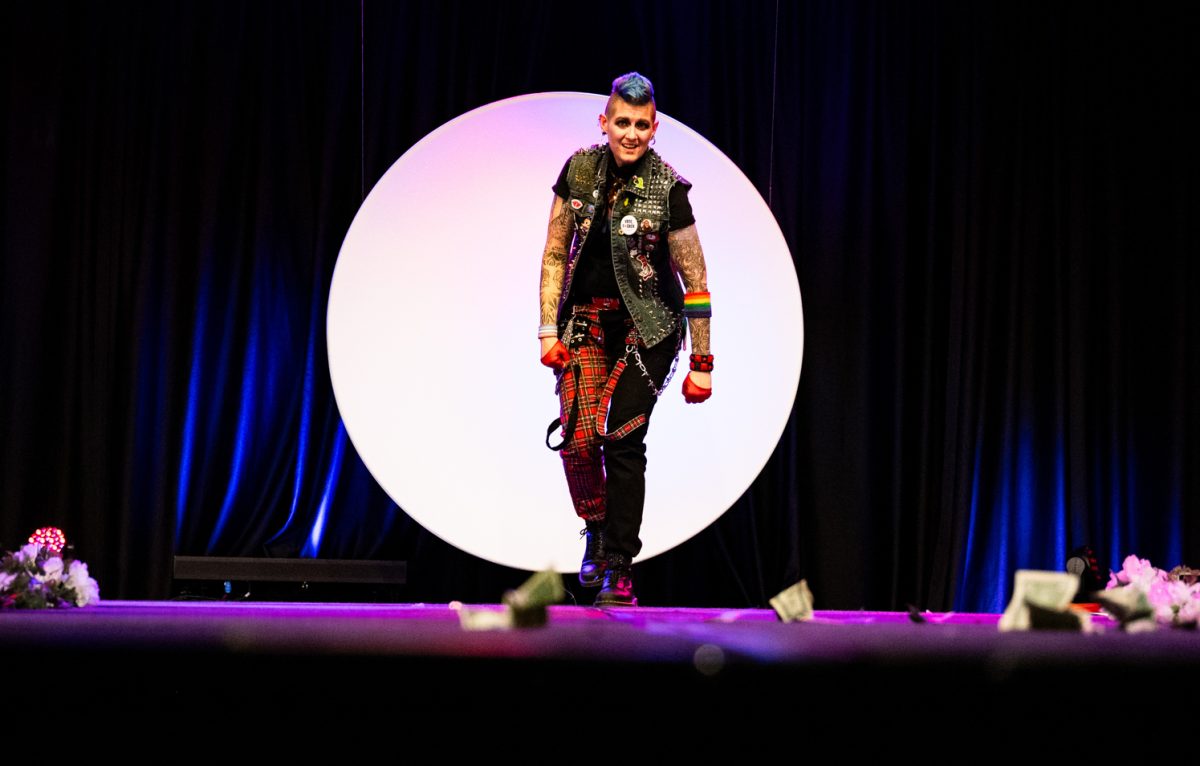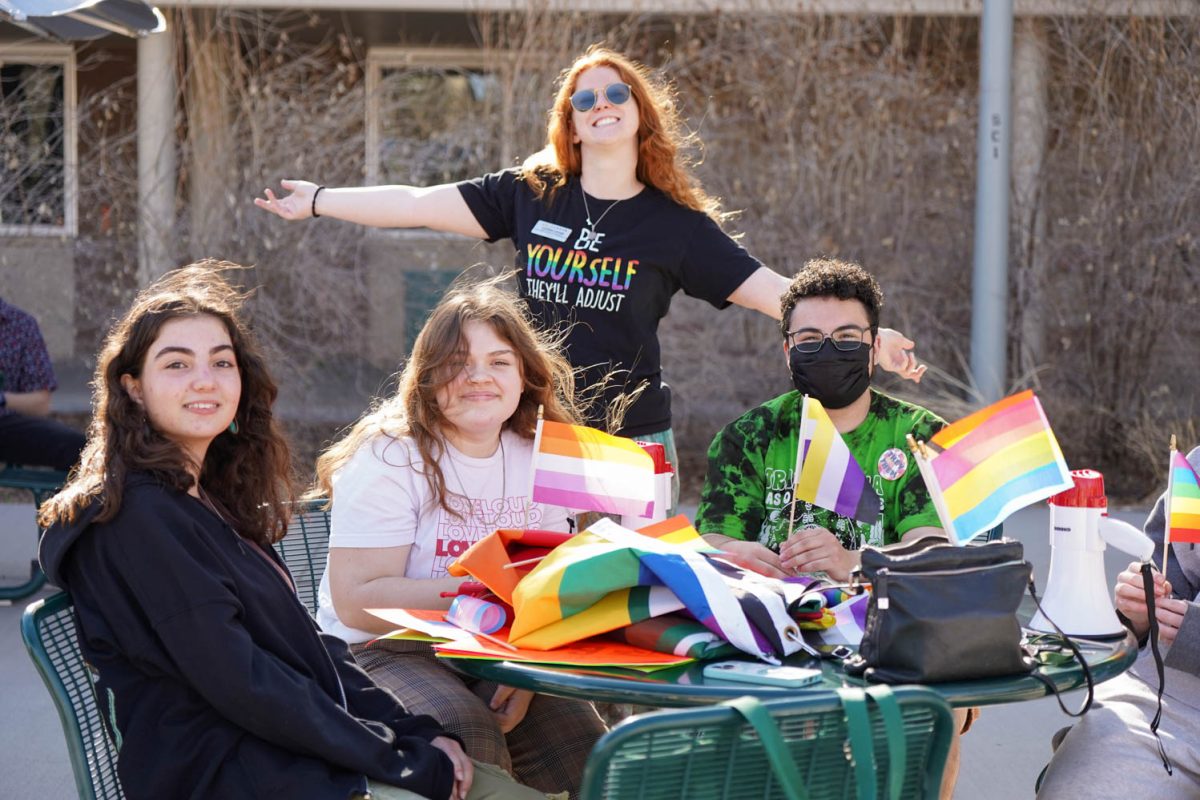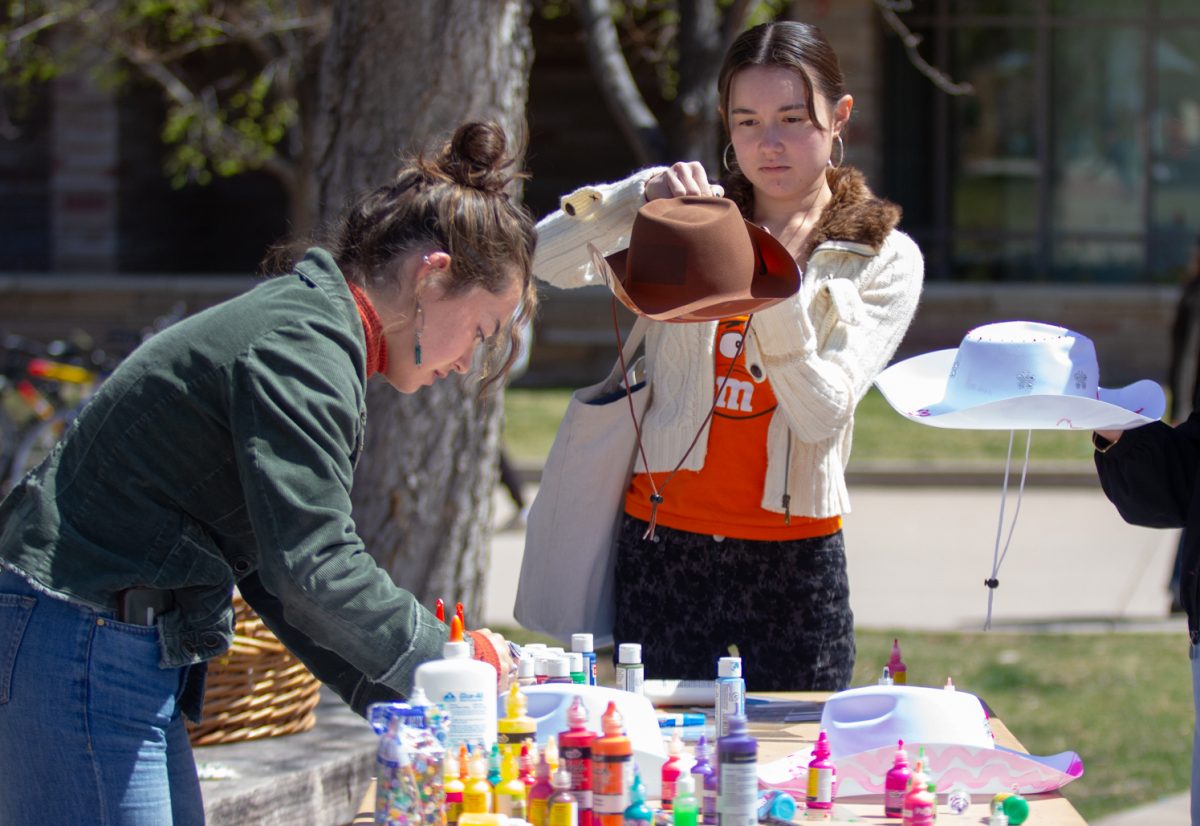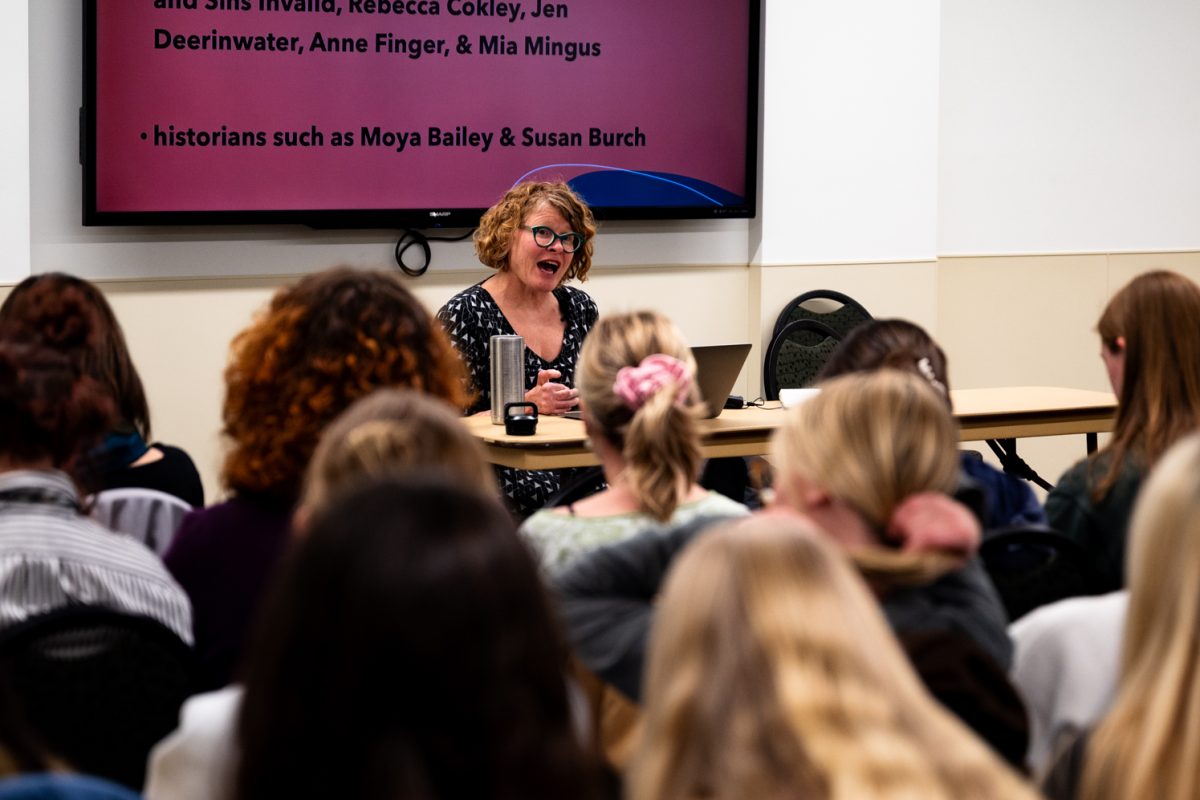Among Adolf Hitler’s concentration camps and the suffering that ran rampant during World War II lies a story of strength and perseverance. In her book “Lilac Girls,” Martha Hall Kelly follows the true story of women who underwent the trials of World War II and the chaos it brought to their lives.
Kelly paints a picture of the real women’s camp Ravensbrück, where Germans inflicted terror upon women and girls from all over, including a group of Polish girls from Lublin, Poland. These girls would soon become victims of ruthless experiments, and they would be known as the Ravensbrück Rabbits.
Ad
Kelly tells the tale from three different perspectives: Caroline Ferriday, a New York non-profit worker; Herta Oberheuser, a German female doctor who operated on the girls at Ravensbrück; and Kasia Kuzmerick, a fictional Polish survivor of the experiments loosely based on a real person.
Through each of these lenses, Kelly shows how the war affected each of them. Ferriday spends her days working to help those struggling an ocean away. Herta’s commitment to Hitler never changes, even as she begins to do the unthinkable and inflict pain on innocent girls. And Kuzmerick faces trials in the camp that would follow her for the rest of her life.
“Kelly tells this tragic tale in a way that has her readers feeling connected to each character and the tribulations they endure.”
Kuzmerick’s perspective may just be the most powerful of the three, as Kelly describes her fear and anger at the Germans’ treatment. As a prisoner in the camp, 16-year-old Kuzmerick suffers as no one ever should.
Kelly colors every moment of Kuzmerick’s trials in shades of betrayal and sadness, showing every part of her fight against the tragedies forced upon her. The portrayal of Kuzmerick’s confusion and anger through her experience creates the same feelings for the reader. In this way, Kelly demonstrates how Kuzmerick and the other girls subjected to this torture must have felt.
As a New York elite who experienced the death of her father at a young age, Ferriday invests all of her efforts to supporting the French who have suffered throughout the war. When she discovers what happened to the Ravensbrück girls, her heart is truly touched by their pain, and she does all she can to help every single one. She petitions for the girls story to be published in a magazine, where it gets so much attention that generous donations pave the way for the girls’ recovery.

Based on the real Carolyn Ferriday, who made enormous efforts to support those who suffered, her character makes an impact in each of the girls’ lives. Without Carolyn Ferriday, the popular book of this true story may not even exist due to lack of knowledge.
Herta’s character is a complicated one, as she is heavily influenced by German propaganda and ideals of the time. She struggles with morals as she makes decisions that would impact these girls for the rest of their lives. It is easy to see the wrongs Herta commits, but Kelly includes some background information about her home life and how she grew up. By including her perspective, Kelly tries to understand what Herta went through.
While Kuzmerick and her sister Zuzanna Kuzmerick are fictional characters, they are based off of the personalities of real Polish girls who were taken from their small town of Lublin, Poland, to Ravensbrück where their lives would be impacted during, and for years after, the war.
Kelly tells this tragic tale in a way that has her readers feeling connected to each character and the tribulations they endure. Her telling of this true story represents a group of women whose lives were shaken by these events for years to come.
Ad
Not only did these women persevere through their trials, but they found ways to overcome the events that could have consumed their entire lives. The book is a testament to the pain victims like the Rabbits endured, and how their lives were forever changed after the war.
Kailey Pickering can be reached at entertainment@collegian.com or on Twitter @PickeringKailey.























